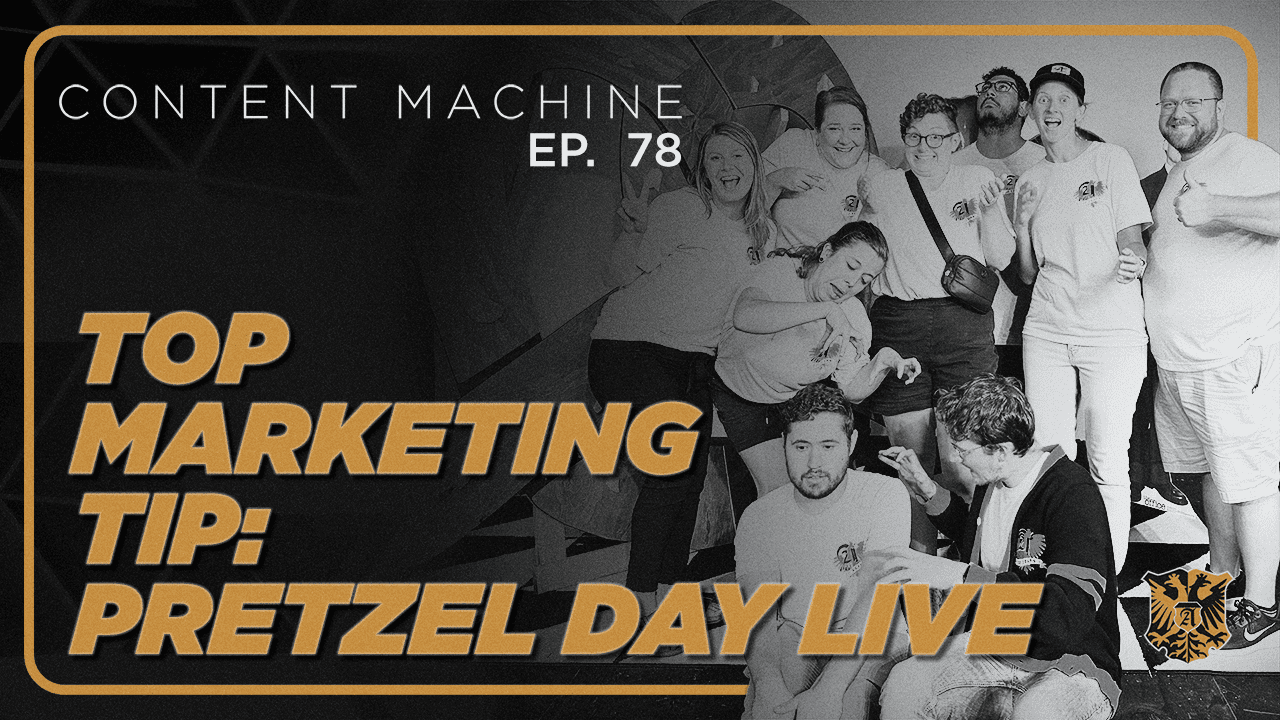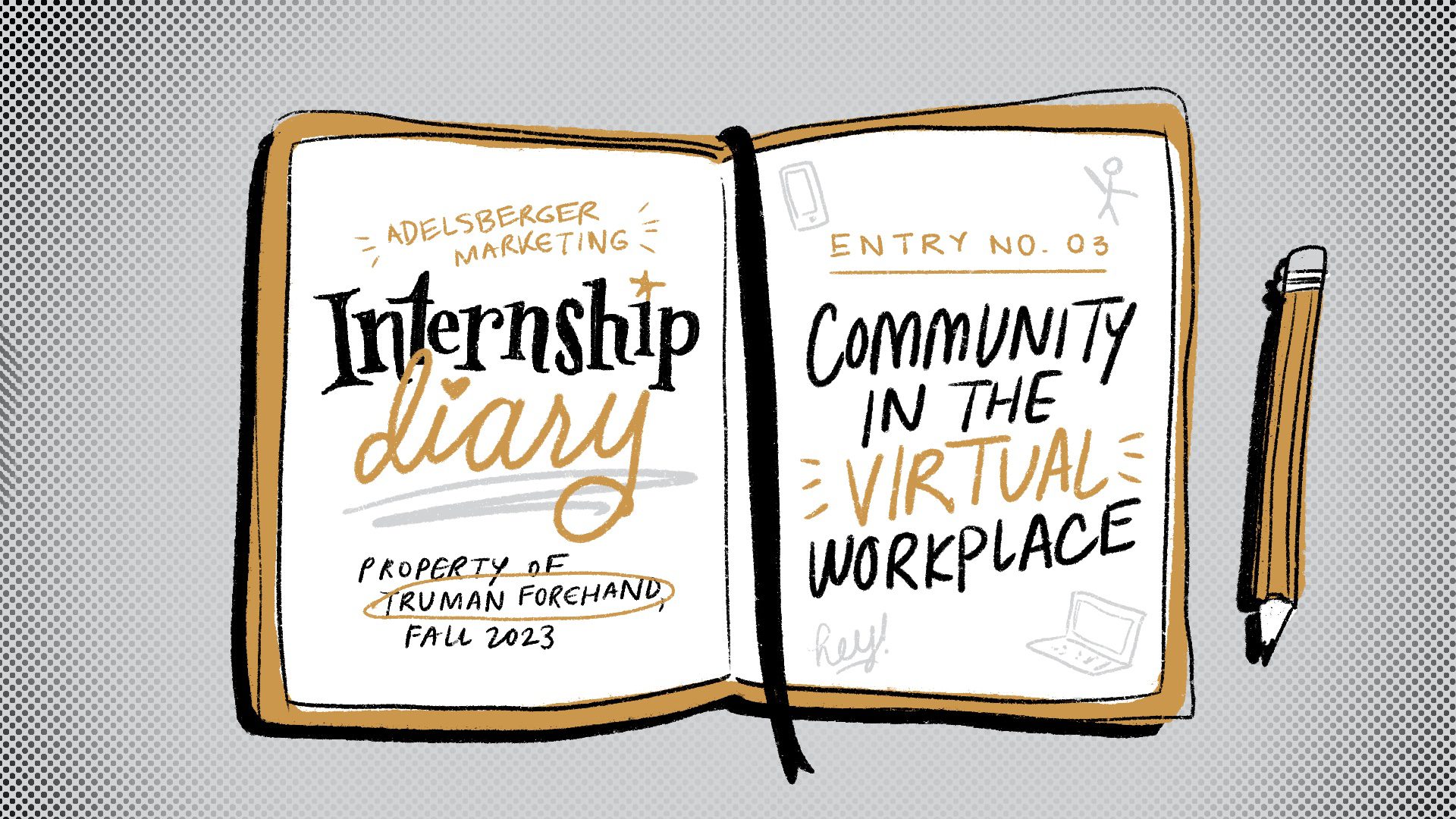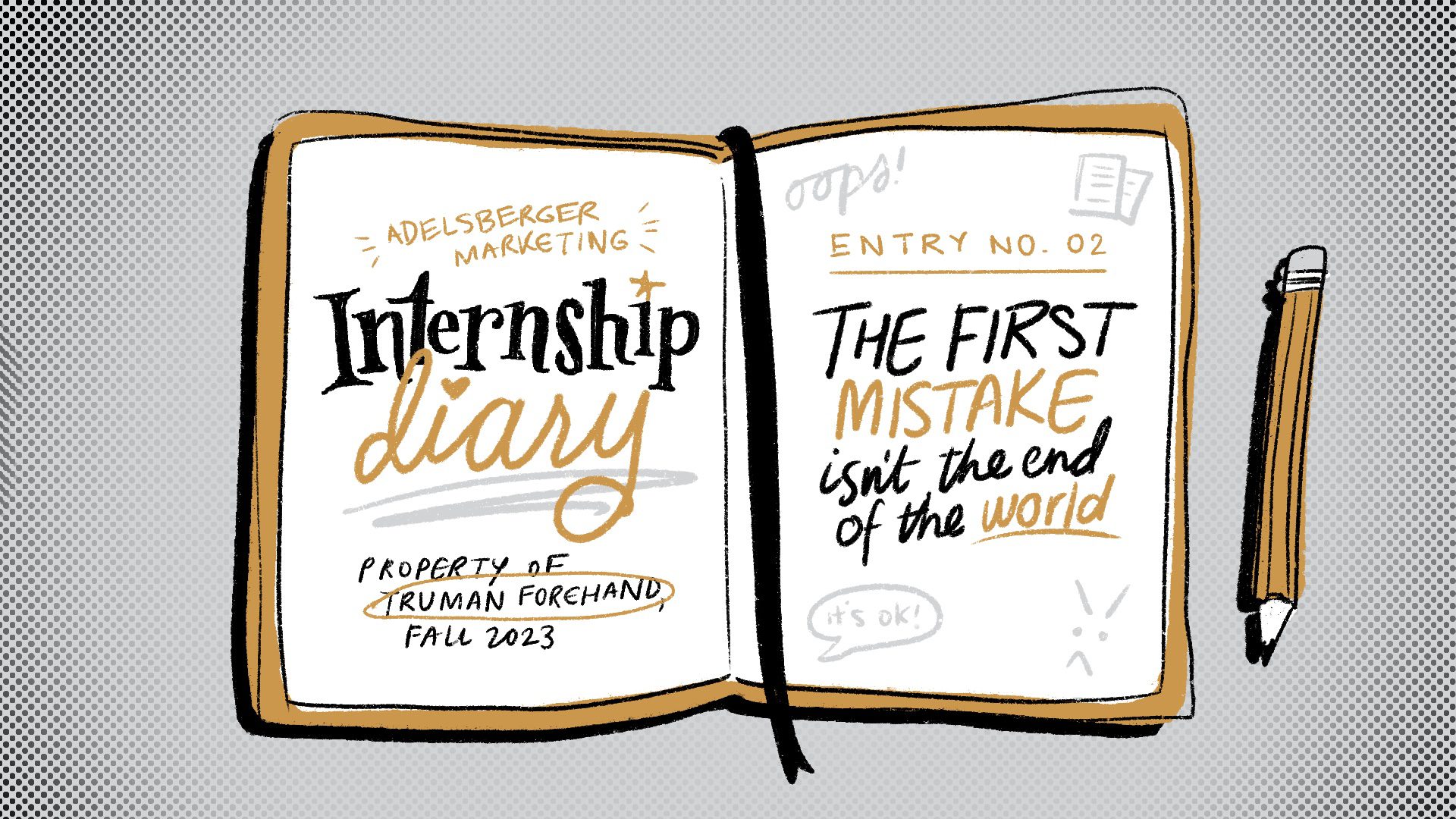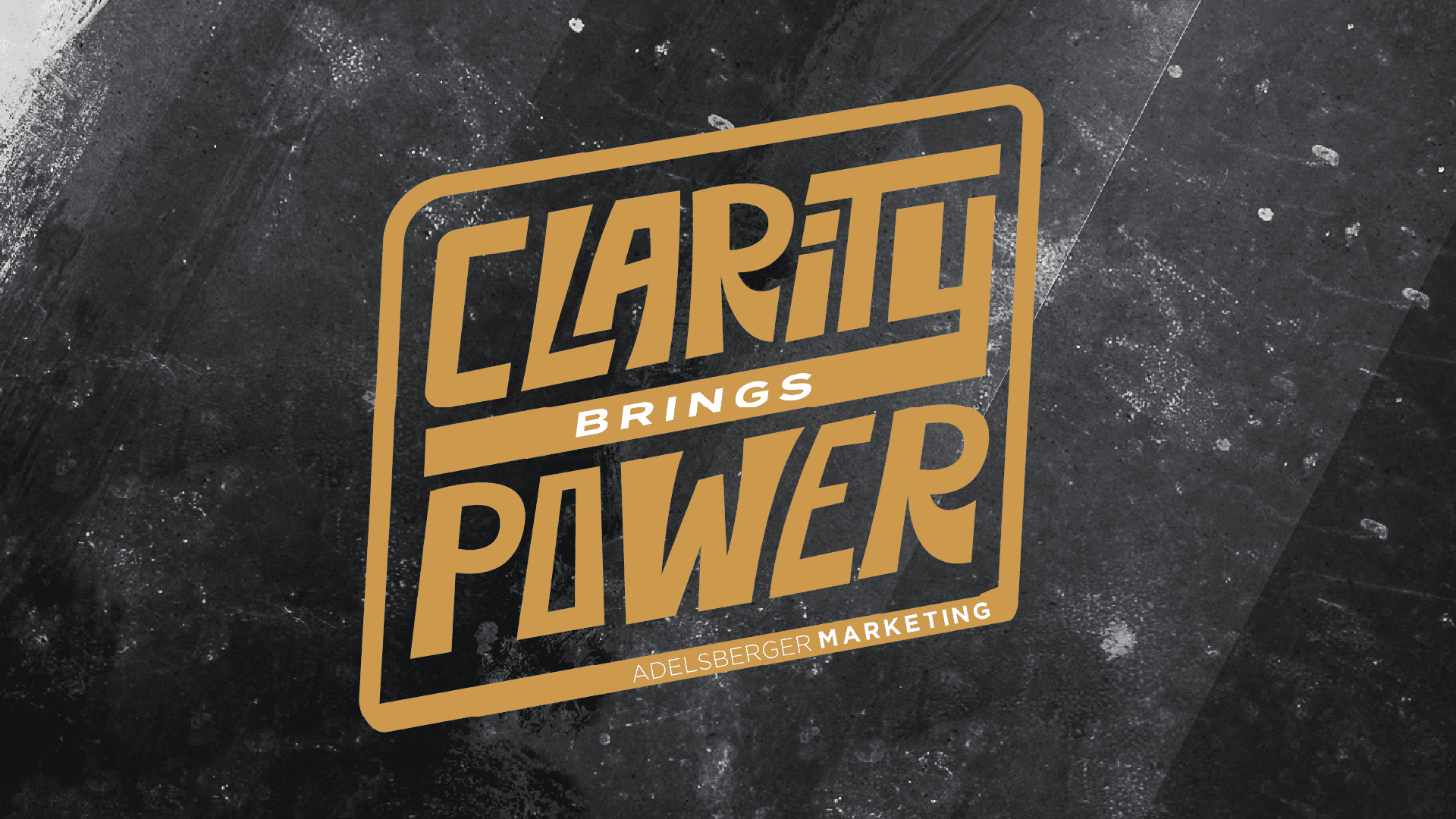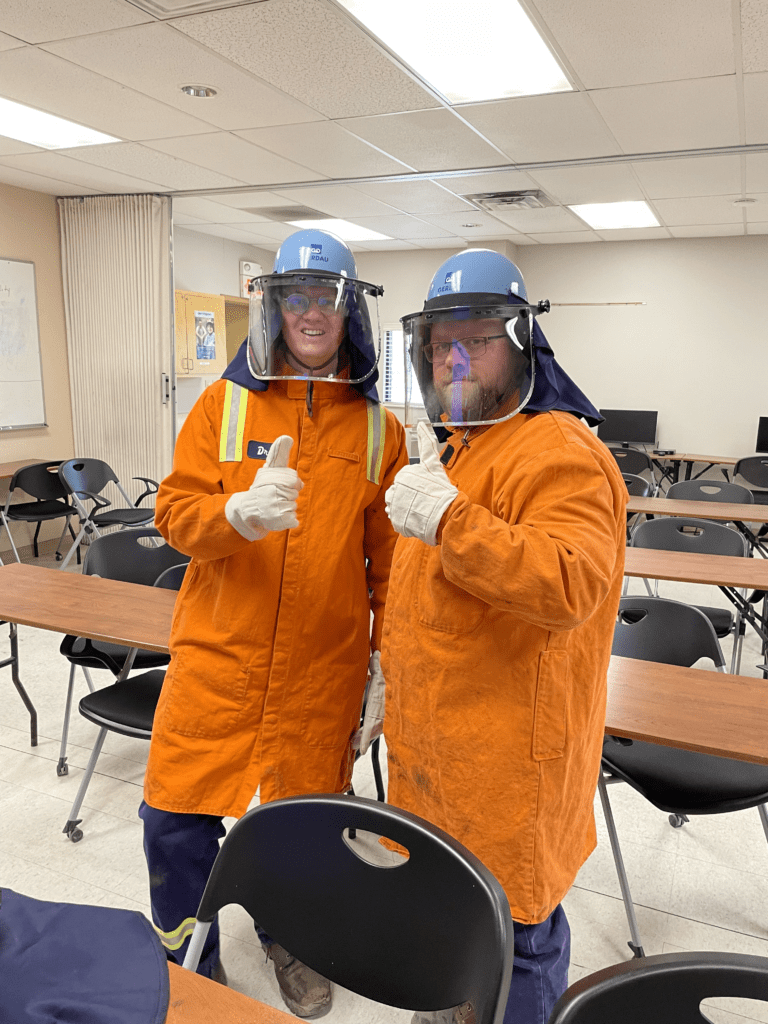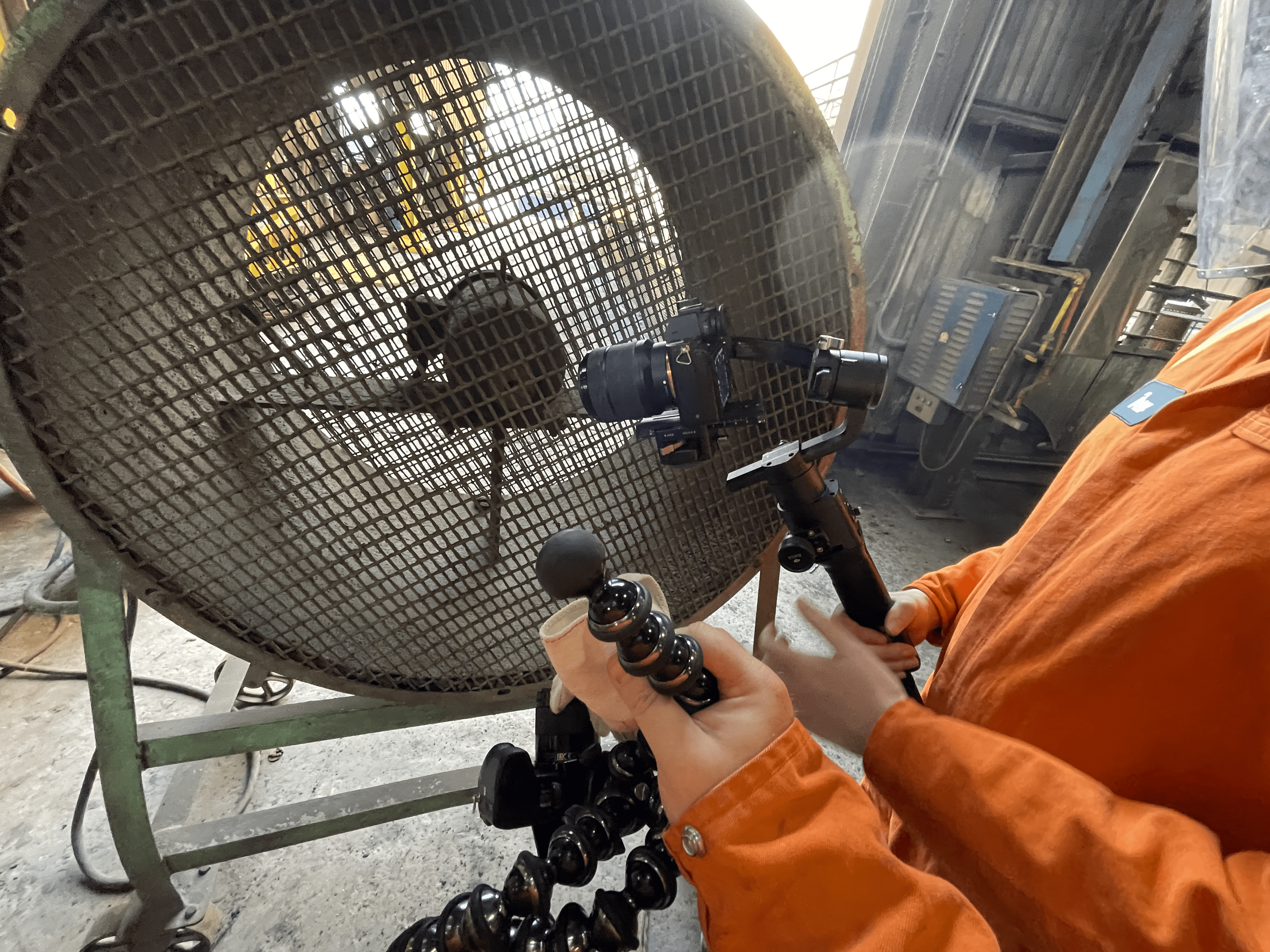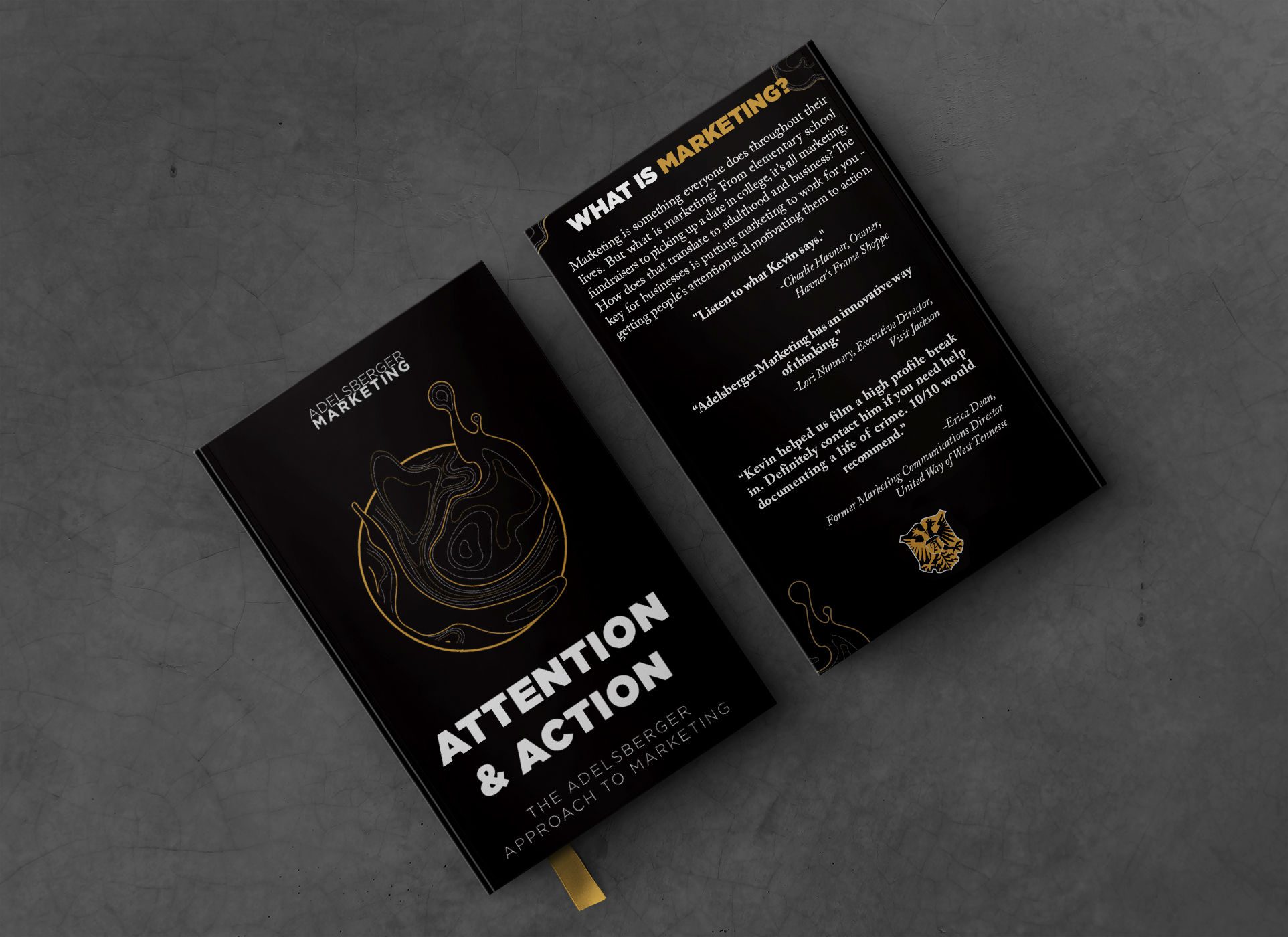If you know where you are going, it’s much easier to get to where you are going.
And if everyone is pulling in the same direction, it will be easier to climb that next hill.
As a leader, it is really easy for me to give unclear or incomplete directions to the team. As a business, it’s easy to communicate to customers in a way that is not clear. Both of these can lead to weakness and failure. And we see the effects of lack of clarity everyday.
Whether it’s people working on the wrong priority, a business that is failing to meet its potential, a website that makes it hard for people to find information or a new app that people don’t know how to use because the interface is not user friendly. Lack of clarity is all around us.
I think clarity brings power.
Why? Clarity allows people to work together toward a common goal. People can work together when each one knows what the others are supposed to be doing and work toward something when they know where they are going.
Clarity provides a goal, expectations, priorities, communication, and trust.
Provides a Goal: When a leader fails to clearly communicate the goals of an organization or a project, people working on that project can impose their own goals which can affect the outcome. The leader likely already has a goal in mind as well as a reason behind the goal. Without the team knowing those thoughts, there can be team members pulling in different directions. This leads to wasted effort and likely a leader who will send a team back to the drawing board to better reflect their vision.
Provides Expectations: One of the most dangerous things in the world is expectations. If you have heard a restaurant is the best in town and you get there and it’s just good not great, you will be disappointed. If you approached the same restaurant with no expectations, it might have received a better review. Clearly communicated expectations to members of an organization, or a potential customer, or a volunteer, sets their mind in the right place to be a good fit. Alternatively, when the expectations are clearly communicated to a team, when someone doesn’t meet those expectations, you have clear grounds for any needed conversations.
Provides Priorities: Do people know what the bigger priorities are when you are not around? If someone has to choose between two good options, do they know which to pick? What about for yourself? Do you know how to prioritize between two urgent tasks? Having clarity around priorities can help you to make distinctions between what is good and what is best.
Provides Communication: In my experience, most people think they communicate clearly, but many do not. When we are communicating many of the things above, we start with a good base for future clear communication. But it is important to consider the points of the view of the communication. Are we designing communication for our intended audience or is it for us? Are we using the right platforms, does our team know which platforms to use for what?
Provides Trust: Finally, clarity brings trust. Trust in an organization brings power. Trust allows us to work well and work together because we feel safe to go all in on something. If you are waiting for a teammate to stab you in the back or a boss to blow up on you for something silly, you are going to not want to lean into the work. A culture built around clarity, allows team members to commit themselves to work and create an environment that encourages good work.
Clairity is a better way to build a business.
How are we doing this now and how are we going to improve?
Communication- We are big on communication at Adelsberger Marketing. We even have a communication policy in our company. We use a lot of GIFs, but we make sure that things are communicated. What things are communicated? We are working on spelling out all of our expectations, talking through projects, talking through important things to the company, and involving everyone in how the company is doing.
Transparency- Major decisions happening to the business are shared as soon as practical with the team. When we sold part of the firm to ATA, our team knew it was on the table and was able to ask questions about it as soon as it seemed like a likely reality. When we are expanding staff or when we have attempted to purchase other firms in the past, the team is aware. Our team receives monthly updates on how the finances are going and have a view into the deal pipeline. When people have clarity on what is going on, it increases trust, and trust increases the organization rowing the right way together. But even on smaller tasks, if the team knows why we are doing something a certain way, it allows us to be on the same page.
1 on 1s- I regularly (not necessarily weekly because schedules can be hard) meet one on one with each team member. These are short meetings, 15 minutes or less, but it gives me a chance to see how they are doing individually and how we are doing as a team. As the organization has grown, this has been necessary and a blessing. It can be a bit awkward, but it will be a core event moving forward.
Staff Meetings- We have two staff meetings each week to help make sure we are aligned on priorities and communication is flowing. Most projects have multiple team members touching it, so having everyone together can help reveal project issues or hangups. It helps us stay on the same page and row together. (And I genuinely enjoy having the team together, even over zoom.)
SOPs- Standard operating procedures. These documents give us a jumping off point for all of our work and our basic expectations from staff. These range from our new leads checklist to a checklist on how to set up a new wordpress environment. We will continue to enhance these and create more of these to cover all sorts of things, including an out of office procedure.
Annual Themes- We also have annual themes, like this one (and 2022 and 2021). Annual themes give us something to rally around for a limited time, to help us focus on improvement on one specific area of the business for the year. We print stickers, talk about it regularly, create an emoji, and this year are giving out shirts. We make it a big deal.
Coming soon to Adelsberger Marketing:
EOS- We have now reached a sufficient size to start implementing the EOS system. EOS is a framework for getting an organization to continue to develop as the whirlwind of work for clients grows. We will be attempting to implement this in 2023.
Core Values- As part of EOS, we will be implementing Core Values. We have had a mission/vision statement for a while. We have developed and revealed them to the team, but we will also be rolling them out to the public this year as well. Core values will be something we can consistently lean on for guidance for years to come. These will also serve as more clear expectations for team members and a helpful guide in hiring.
Long Term Goals- An additional component of EOS is sketching out long term goals. Five and ten year goals are things we have talked about but have not set in writing. We will be working toward this as we set a picture for the team to look forward to. With EOS, you move from vision (10 year) to traction (90 day goals). This will allow us to work together to make the proposed future a reality.
Focused Project Management- In the summer of 2022, we hired a project manager. She will continue to grow in skill and responsibility and help me keep a tight connection with the work going on at the firm. This will allow the creative team to spend more time on their projects and less time wrestling with clients. This also frees me up to work on things like implementing EOS and more business development.
I think we have already had a good amount of clarity in our company. But I seek for more of it because we are going to need it. As the size and complexity of our organization grows, the number of people grows, the number of people touching a project grows, clarity naturally dims. As the leader, it is my responsibility to work to ensure we maintain and even improve clarity to allow us all to be successful. One of the great joys of my life is putting our team in places to be successful professionally but also personally. I am thankful for each member of our team and I want to create a culture that values them and allows them to thrive.
Clarity does that. Clarity brings power.

